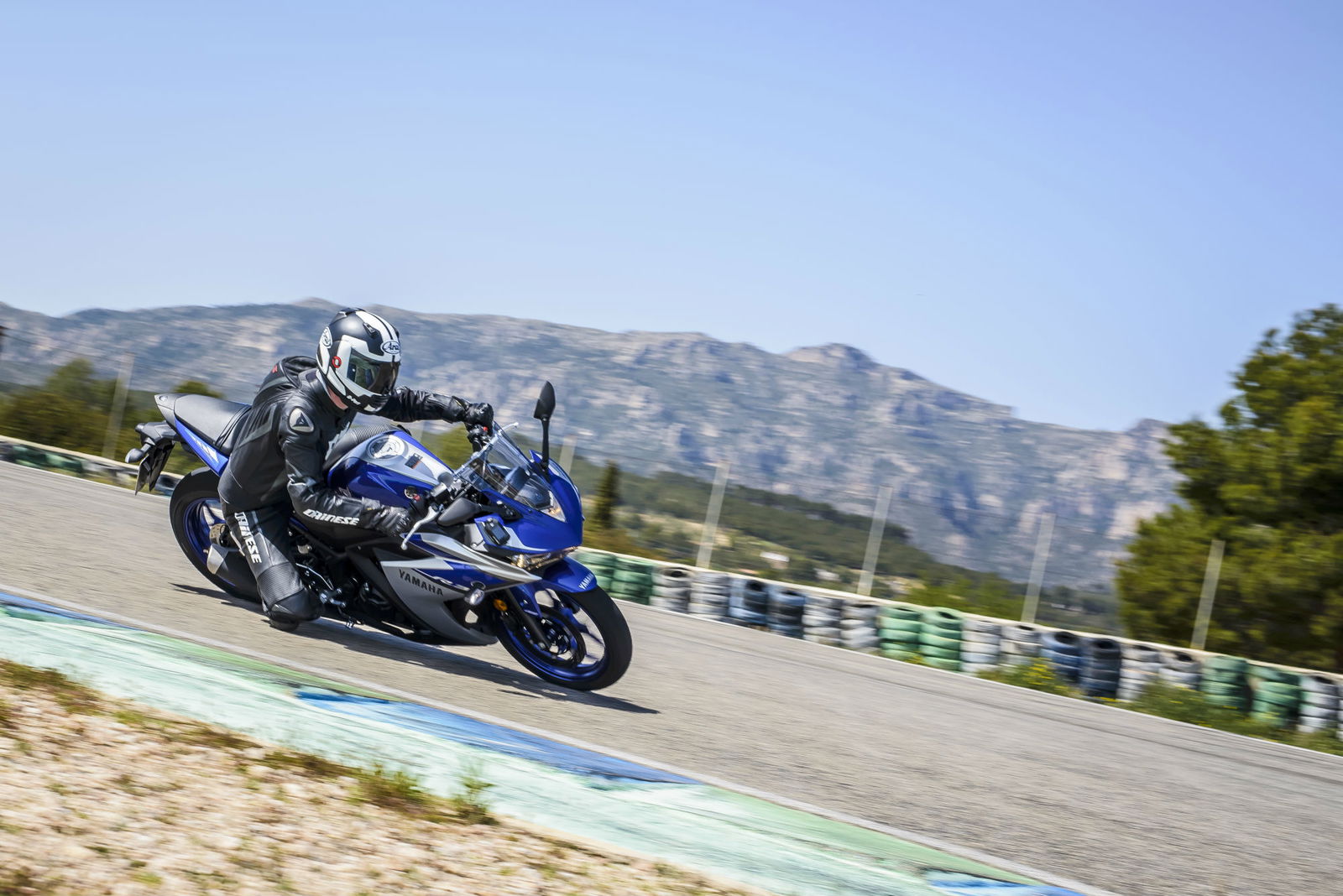Updates for Harley trike range
Suspension tweaks, linked brakes and traction control come to three wheels

HARLEY'S THREE-WHEELED Tri-Glide Ultra and Freewheeler models might be aimed at a particular niche market, but even so, they’ve been given some notable updates for 2019.
Most important is a new, fully-electronic ‘Reflex Linked Brake’ system that uses an inertial measurement unit and ABS sensors to improve traction, braking and stability even in corners.
It’s made up of a fairly conventional traction control system that measures rear wheel speed and prevents wheelspin under acceleration. Although on a trike with two wide rear tyres that shouldn’t be a massive problem anyway. On top of that there’s a ‘Drag-Torque Slip Control System’ - which is basically an engine brake control designed to stop the rear wheels locking when you close the throttle.
Then there’s the ABS, which like the traction control uses the IMU to work out whether the trike is going in a straight line or cornering, and adapts its behaviour to suit. And the whole lot is linked, as its name suggests, so using the front brake lever will also apply a dab of rear brake, and vice versa.
Harley’s trikes also get revised suspension at both ends, with dual bending valve forks and ‘emulsion technology’ rear suspension with single-knob preload adjustment. Harley is also planning to offer this upgrade as a bolt-on extra for existing 2014-2018 Tri-Glides and 2015-2018 Freewheelers.
Finally, the trikes and a selection of Harley’s touring models will be upgraded to the 1,870cc ‘114’ version of the Milwaukee-Eight V-twin engine for 2019, replacing the smaller ‘107’ version. It’s got more torque – 123ftlb instead of 117ftlb – and will be the sole power option for the 2019 Ultra Limited, Ultra Limited Low, Road Glide Ultra, Road Glide Special, Street Glide Special, Road King Special, Tri Glide Ultra and Freewheeler.

